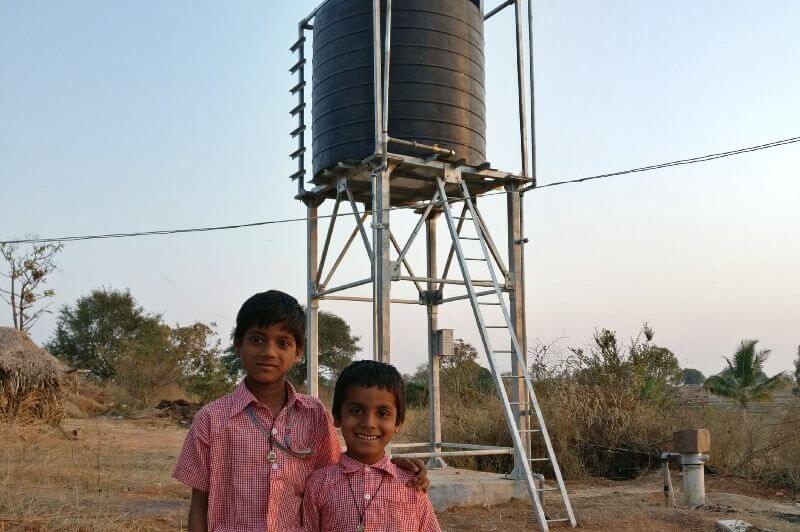The benefits of solar pumps are not restricted to irrigation, in India and globally. Besides reducing pollution and emissions by replacing diesel generators, they can deliver many other applications, which is critical in India, a country where agriculture accounts for 15% of GDP and more than 50% of the population is dependent on agriculture for their livelihoods.
Here are 5 other applications of solar pumps from Claro Energy’s Priyanka Pandey and Anirban Banerjee.
1. Clean drinking water
Half of the health hazards faced by India are due to unhygienic drinking water. Most available freshwater is underground. The various strata of soil, sand, and gravel found underground filter out most disease-causing organisms and harmful chemicals. Solar pumps can provide drinking water in places facing scarce or poor water supply, erratic power supply, and persistent drought.
2. Fogging
A “fogger” pressurizes the flow of water and generates droplets to maintain humidity and a lower temperature in cow sheds, especially in the hot and dry summers of Northern India. Foggers can get water supply from solar pumps at a very low maintenance cost, and avoid diesel emissions that could have a dangerous effect on livestock.
3. Pisciculture and aquaculture
In pisciculture, or fish farming, water must be supplied from a height to supply fish with enough oxygen. If this water is run off grid power, fish habitation could be harmed by a sudden power cut and result in loss of livestock due to intense heat or fluctuating temperature. Similarly, water recirculation is a critical element of aquaculture. In such cases, solar pumps can provide a stable and predictable water supply.
4. Generating electricity
Although still costly, if a compatible battery inverter can be connected to an irrigation system’s solar panels, farmers can sell surplus electricity to their neighbors or back to the grid. Solar pumps can, thus, become risk-free income generating assets for farmers. (For more detail on that, see this earlier article about an innovative project from IWMI).
5. Drip irrigation
A majority of farmers in India (whether they use grid, diesel or solar power) do not use drip irrigation, mostly due to a lack of knowledge. Drip irrigation can deliver water directly to crop roots, and supports the introduction of crops that cannot survive with erratic rainfall or grid power. Drip irrigation needs a consistent source of water supply, something that solar is able to satisfy while being cost effective.
